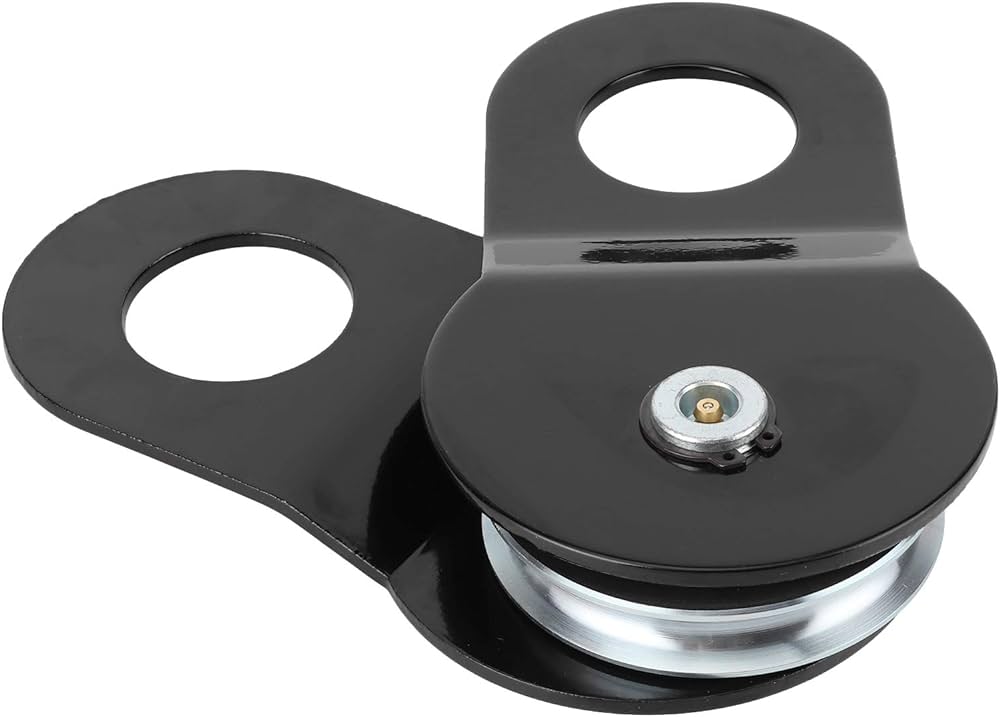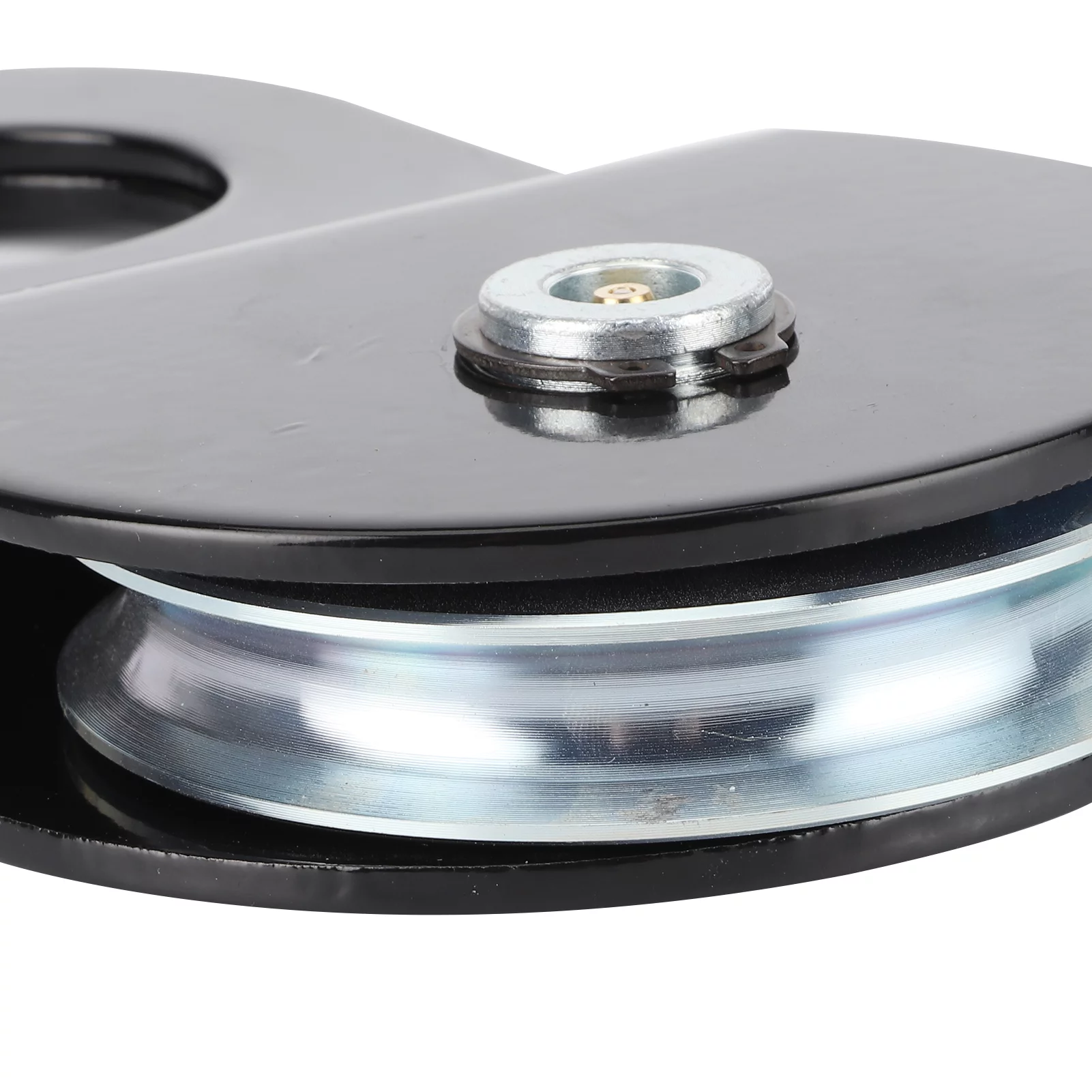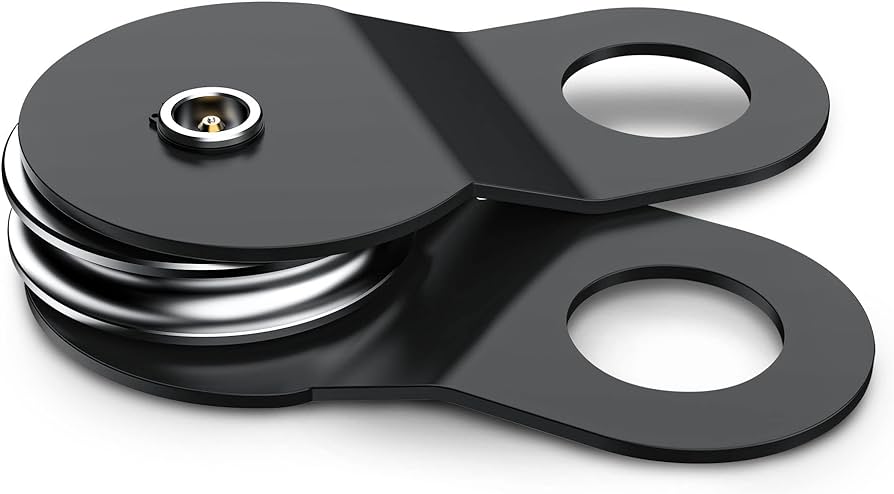Product Description
Company Profile
ZHangZhoug Tieyong Machinery Manufacturing Co., Ltd. is located in Gaohu Industrial Zone, Gaohu Town, Xihu (West Lake) Dis. County, ZHangZhoug Province, China. Foundry company covers an area of 17,000 square meters, building area of 13,000 square meters; Copper Aluminum Zinc Company covers an area of 20000 square meters. We are good at making all kinds of mechanical parts. Our production processes include investment casting (precision casting), coated sand casting, lost mold casting, calcination, red stamping, machining (CNC machining), rod machining, injection molding and stamping. We have 8 wax shooting machines with 13 stations, 2 sets of shell drying line, 1 set of disappearing mold production line, 1 set of coated sand production line, 1 set of forging line, 6 sets of medium frequency casting furnace, more than 30 sets of CHINAMFG solution after cleaning, investment casting spectral analysis instruments. More than 30 sets of die-casting red forging, 16 sets of injection molding machines, 3 sets of high material high-speed extrusion production lines, 10 sets of punching press, more than 200 sets of finishing equipment. Material range includes stainless steel, carbon steel, alloy steel, copper alloy, aluminum alloy, zinc alloy, plastic and so on. There are 10 technical engineers, 4 inspection engineers, 2 production engineers, 42 technical production masters of each specialty, and more than 400 other operating personnel. Our company is export-oriented, selling to Australia, USA, Canada, UK, (UK, UK), Netherlands, France, Germany, Denmark, Sweden, Finland, Russia, Spain, Portugal. The products are widely used in heavy equipment, automotive spare parts, Marine parts, petrochemical processing, wind turbine equipment, power plant, substation accessories, food processing industry and medical instruments. We do non-standard customized mechanical parts, can be produced according to the demand. “Integrity-based, quality first, service first” is our business philosophy, unity and enterprising, better, faster, stronger is our most sought goal, we are committed to build a talent team, integrate industry resources, and strive to further develop into a great machine parts manufacturing enterprise. We look CHINAMFG to working with you to create a better future.
| R&D | Softward: Solidworks, CAD, Procast, UG
Development cycle of samples: 25-35 days |
| Materials | Stainless steel: 304/304L, 316/316L, 410/416 etc Duplex stainless steel: 2250, 2507 Carbon steel, Alloy steel, Aluminum,zinc alloy, brass/bronze… |
| Technical Parameter | Part weight: 2g to 30kgs Max dimension : 600mm for diameter or length Min wall thickness : 1.5mm Casting roughness: Ra3.2-6.4 Machining roughness: Ra1.6 Tolerance of casting: CT6 Inner core: ceramic core, urea core, water soluble wax core. |
| Heat treatment | Normalzing, Tempering, Quenching, Annealing, Quenching & Tempering, Caburization, Solution treatment. |
| Surface treatment | Polishing, bead blasting, zinc plating, hot dip galvanized, nickel plating, passivation,
Electro-polising, mirror polishing, Brush polishing, PE coating, Powder coating, etc |
| Production capacity | More than 120 tons per month |
| Quality Certificates | ISO9001 |
Product image
Packaging & Shipping
FAQ
| Casting Method: | Thermal Gravity Casting |
|---|---|
| Process: | Lost Wax Casting,Sand Casting,Investment Casting |
| Molding Technics: | Gravity Casting |
| Customization: |
Available
| Customized Request |
|---|
.shipping-cost-tm .tm-status-off{background: none;padding:0;color: #1470cc}
|
Shipping Cost:
Estimated freight per unit. |
about shipping cost and estimated delivery time. |
|---|
| Payment Method: |
|
|---|---|
|
Initial Payment Full Payment |
| Currency: | US$ |
|---|
| Return&refunds: | You can apply for a refund up to 30 days after receipt of the products. |
|---|

How are winch pulleys adapted for specialized applications in agriculture?
Winch pulleys can be adapted for specialized applications in agriculture to meet the unique needs and requirements of the industry. Here is a detailed explanation:
In agriculture, winch pulleys are often utilized for various tasks, including lifting heavy loads, moving equipment, and facilitating efficient operations. To cater to the specific demands of agricultural applications, winch pulleys undergo certain adaptations and modifications, which are outlined below:
- Increased Load Capacity: Agricultural activities often involve handling heavy loads, such as bales of hay, equipment, or livestock. Winch pulleys adapted for agriculture are designed with increased load capacities to handle these substantial weights. They are constructed using durable materials and incorporate robust mechanisms to ensure reliable performance and the ability to lift or pull heavy loads in agricultural settings.
- Corrosion Resistance: Agricultural environments can be harsh, with exposure to moisture, chemicals, and other corrosive substances. To withstand these conditions, winch pulleys for agriculture are often constructed with corrosion-resistant materials, such as stainless steel or coated surfaces. This adaptation helps protect the pulleys from rust and corrosion, ensuring their longevity and reliable operation in agricultural applications.
- Weatherproofing: Agriculture involves working outdoors, exposing winch pulleys to various weather conditions. Specialized winch pulleys for agriculture may incorporate weatherproofing features, such as sealed bearings, gaskets, or protective coatings. These adaptations help prevent water, dust, and debris from entering the pulley mechanisms, maintaining their functionality and preventing damage due to environmental factors.
- Mounting Options: Agricultural machinery and equipment often require winch pulleys to be mounted in specific locations or configurations. Adapted winch pulleys for agricultural applications may offer various mounting options, such as different bracket designs or versatile attachment mechanisms. This allows farmers and workers to install the winch pulleys conveniently on their equipment, optimizing their usage and compatibility with agricultural machinery.
- Speed and Control: Certain agricultural tasks require precise control over the speed and movement of loads. Winch pulleys adapted for agriculture may feature adjustable speed settings or control mechanisms, allowing operators to regulate the pulling or lifting speed according to their specific needs. This adaptation enables farmers to perform delicate operations, such as controlled feeding or positioning of equipment, with increased accuracy and efficiency.
- Remote Control Capabilities: In large-scale agricultural operations, the ability to control winch pulleys remotely can significantly enhance productivity and convenience. Adapted winch pulleys in agriculture may incorporate remote control systems, enabling operators to operate the pulleys from a distance. This adaptation simplifies operations, particularly when handling heavy loads or performing tasks in challenging or hazardous agricultural environments.
- Integration with Agricultural Machinery: Winch pulleys can be adapted and integrated into specific agricultural machinery and equipment to streamline operations. For example, they can be incorporated into tractor-mounted systems, loaders, or other specialized agricultural machinery. This adaptation ensures seamless compatibility and efficient utilization of winch pulleys within the agricultural context.
The adaptations mentioned above demonstrate how winch pulleys are modified and tailored to meet the specialized requirements of agricultural applications. By incorporating increased load capacity, corrosion resistance, weatherproofing, versatile mounting options, speed and control features, remote control capabilities, and integration with agricultural machinery, winch pulleys become valuable tools in various agricultural tasks, contributing to increased efficiency, productivity, and convenience in farming operations.

How is the size and design of a winch pulley selected for specific applications?
The size and design of a winch pulley are selected based on several factors specific to the intended application. Here is a detailed explanation of how the size and design of a winch pulley are chosen for specific applications:
Load Capacity: The first consideration in selecting a winch pulley is the anticipated load capacity. The pulley must be able to handle the maximum load that will be encountered during the lifting or pulling task. The load capacity is determined based on the weight of the load and any additional factors such as shock loads or dynamic forces that may be present. The pulley should have a load rating that exceeds the expected maximum load to ensure safe and reliable operation.
Wire Rope or Cable Diameter: The size of the winch pulley should be compatible with the diameter of the wire rope or cable that will be used. The pulley sheave should be designed to accommodate the specific diameter of the rope or cable to ensure proper engagement and prevent excessive wear or damage to the rope. It is important to match the pulley size to the rope or cable diameter specified by the manufacturer or industry standards.
Sheave Diameter: The diameter of the sheave, or the wheel of the winch pulley, is another critical factor. The sheave diameter affects the mechanical advantage and the line speed of the winching operation. A larger sheave diameter provides a greater mechanical advantage but reduces the line speed. Conversely, a smaller sheave diameter offers less mechanical advantage but increases the line speed. The selection of the sheave diameter depends on the specific requirements of the application, considering factors such as the desired pulling power, load control, and speed of operation.
Material and Construction: The material and construction of the winch pulley should be chosen based on the environmental conditions and the demands of the application. Common materials for winch pulleys include steel, stainless steel, and high-strength polymers. Steel pulleys offer excellent durability and strength but may be susceptible to corrosion in certain environments. Stainless steel pulleys provide corrosion resistance but may have a higher cost. High-strength polymer pulleys are lightweight and corrosion-resistant, making them suitable for marine or outdoor applications. The pulley design should also account for factors such as bearing type, lubrication, and overall robustness to withstand the anticipated loads and operating conditions.
Application-Specific Requirements: Different applications may have unique requirements that influence the selection of the winch pulley. For example, in marine applications, pulleys designed for saltwater resistance may be required. In off-road recovery scenarios, pulleys with features such as self-cleaning grooves or high-visibility colors may be preferred. It is important to consider any specific requirements or regulations that apply to the intended application and select a winch pulley that meets those criteria.
Manufacturer’s Recommendations: Finally, it is crucial to consult the manufacturer’s recommendations and specifications for the winch system. The manufacturer can provide guidance on the appropriate pulley size and design based on their product’s capabilities and limitations. They may also offer specific pulley options or kits that are optimized for certain applications or winch models.
By considering factors such as load capacity, wire rope or cable diameter, sheave diameter, material and construction, application-specific requirements, and manufacturer’s recommendations, the size and design of a winch pulley can be selected to ensure safe and efficient operation in specific applications.

Can you explain the components and design features of a winch pulley?
A winch pulley consists of several components and incorporates specific design features to ensure its functionality and durability. Here is a detailed explanation of the components and design features of a winch pulley:
- Sheave: The sheave, also known as the wheel or pulley wheel, is a central component of the winch pulley. It is a grooved wheel that guides the winch cable or rope. The sheave typically has a V-shaped groove or multiple grooves to ensure proper alignment and secure grip on the cable or rope. The size and design of the sheave may vary depending on the intended application and load capacity of the winch pulley.
- Frame or Housing: The sheave is mounted on a frame or housing, which provides support and stability for the winch pulley. The frame is designed to hold the sheave securely in place and withstand the forces and loads encountered during winching operations. It may have a compact and lightweight design for portable winches or a more robust and heavy-duty construction for industrial or off-road applications.
- Attachment Point: The frame of the winch pulley typically includes an attachment point, such as a hook or a shackle, for connecting the pulley to an anchor or a load. This attachment point allows for secure and reliable connection, ensuring that the pulley can effectively transmit the pulling force between the winch and the load.
- Materials: Winch pulleys are commonly made from durable and high-strength materials to withstand the demanding conditions of winching operations. Steel is a commonly used material for winch pulleys due to its strength and resistance to wear and deformation. Some winch pulleys may also incorporate high-strength alloys or other specialized materials to enhance performance and longevity.
- Bearings: Bearings are critical components of winch pulleys as they enable smooth rotation of the sheave. High-quality bearings are used to minimize friction and ensure efficient operation. The bearings may be sealed or shielded to protect against contaminants and maintain proper lubrication, enhancing the overall durability and performance of the winch pulley.
- Load Rating: Winch pulleys have specific load ratings that indicate their maximum capacity to handle loads. The load rating is determined based on factors such as the strength of the materials used, the design of the sheave, and the overall construction of the winch pulley. It is important to select a winch pulley with a load rating suitable for the intended application to ensure safe and efficient operation.
- Finish and Coating: Some winch pulleys may incorporate finishes or coatings to enhance their performance and durability. For example, a corrosion-resistant coating or plating can be applied to protect the winch pulley from rust and corrosion, particularly in outdoor or marine environments. Surface treatments may also be used to reduce friction, improve wear resistance, or enhance the pulley’s overall performance.
In summary, a winch pulley consists of components such as the sheave, frame or housing, attachment point, bearings, and may incorporate materials, load ratings, and finishes or coatings. The sheave guides the winch cable or rope, while the frame provides support and stability. The attachment point allows for secure connection, and high-quality bearings ensure smooth rotation. The materials used are durable and high-strength, and the load rating indicates the maximum capacity of the winch pulley. Finishes and coatings can be applied for protection and improved performance. These components and design features collectively contribute to the functionality, durability, and reliability of winch pulleys in various winching applications.


editor by CX
2023-11-18

